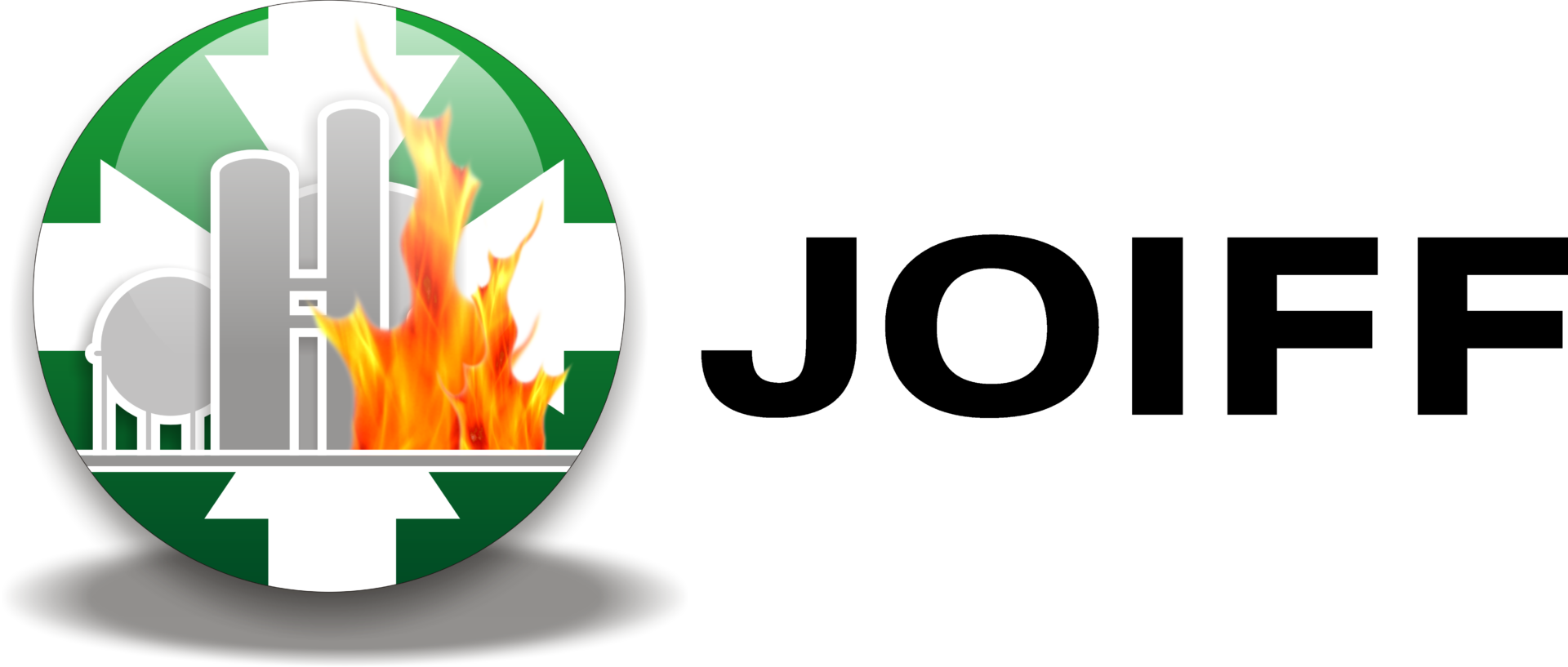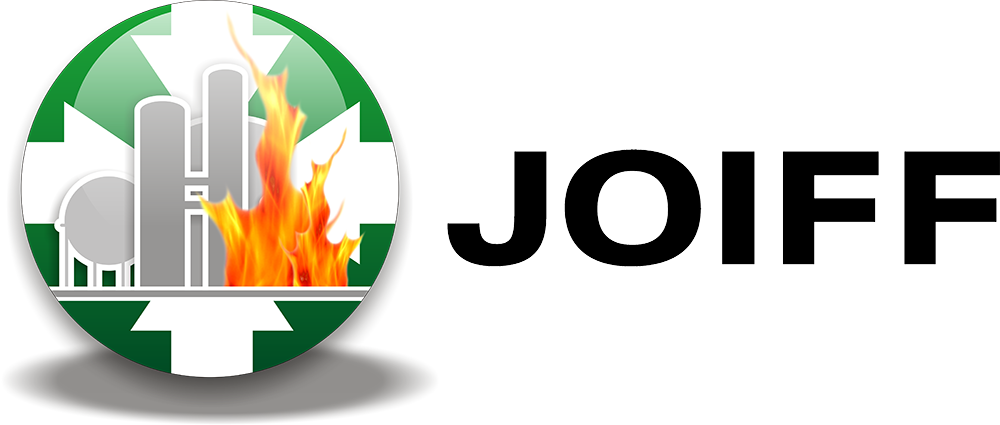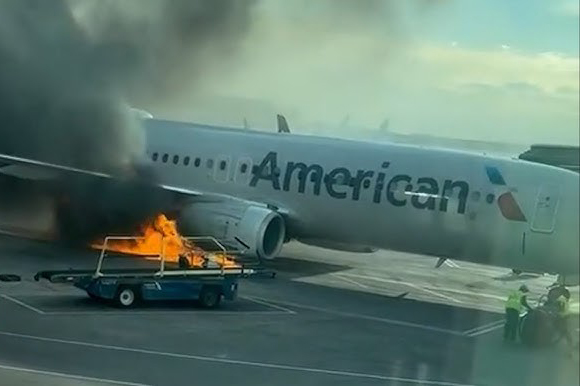Investigation Underway for American Airlines Plane Fire at Denver International Airport
The National Transportation Safety Board (NTSB) has launched an investigation into a fire that occurred after American Airlines Flight 1006 landed at Denver International Airport on Thursday evening. Two NTSB investigators are examining the incident, which led to 12 people being hospitalized with minor injuries.
Timeline of the Incident
Passengers reported unusual engine noises shortly after departing from Colorado Springs en route to Dallas-Fort Worth.
“I heard an engine making an unusual and loud noise, so I knew something wasn’t right,” said Terri Prager, a former flight attendant who was on board.
Shortly before landing, the pilot notified air traffic control of an engine issue but stated it was not an emergency, according to air traffic control audio from LiveATC.net. A few minutes later, the situation escalated, with someone on the control audio declaring: “Mayday, Mayday, Mayday! Mayday! … engine fire!”
The flight made an emergency landing after reporting alarming engine vibration. The plane caught on fire while taxiing to the gate just before 6 p.m. local time (8 p.m. ET) on March 13.
Despite these concerns, in-flight recordings initially indicated that no emergency was declared as the crew decided to divert to Denver due to ongoing engine vibrations. The aircraft successfully landed and taxied to a gate at the C Concourse.
The Fire and Evacuation
Shortly after reaching the gate, passengers noticed smoke filling the cabin.
“We smelled a strange burning plastic odor, and suddenly people started yelling about a fire,” recalled passenger Gabriele Hibbitts.
The flight crew quickly instructed passengers to leave their belongings and evacuate. Some exited via the jet bridge, while others used the emergency slide at the rear, where the smoke was most concentrated. Additionally, several passengers evacuated onto a wing away from the fire.
Airport ground crews provided ladders and stairs, though some passengers attempted to jump from the wing, leading to additional injuries. It took several minutes for fire crews to arrive after the fire was detected.
Investigation and Key Questions
NTSB Chair Robert Sumwalt emphasized the importance of determining when and why the smoke started.
“We need to fully understand when and why the smoke started. It appears that the cabin filled with smoke once the plane reached the gate, and determining the cause will be an important part of our investigation,” Sumwalt stated.
Key questions for investigators include:
- What caused the engine fire?
- Was the aircraft properly inspected before departure?
- Why was the plane allowed to taxi to the gate despite the emergency?
Response from American Airlines and Authorities
In a statement, American Airlines confirmed, “After landing safely and taxiing to the gate at Denver International Airport, American Airlines Flight 1006 experienced an engine-related issue.”
Prager noted the absence of emergency responders upon landing. “Based on my experience in the airline industry, fire trucks are typically waiting on the runway in situations like this,” she said.
Denver International Airport has five fire stations, and its communication systems undergo routine checks each morning. CBS Colorado sought clarification from Denver Fire on how emergency responders were notified, but officials redirected inquiries to airport authorities, who in turn referred questions back to the fire department.
Next Steps
The NTSB plans to release a preliminary report within 30 days, with a final report expected in 12 to 24 months. The findings will shed light on the cause of the fire and whether protocol was followed correctly in handling the situation.
Photo credit: CSJ News. All rights reserved.


